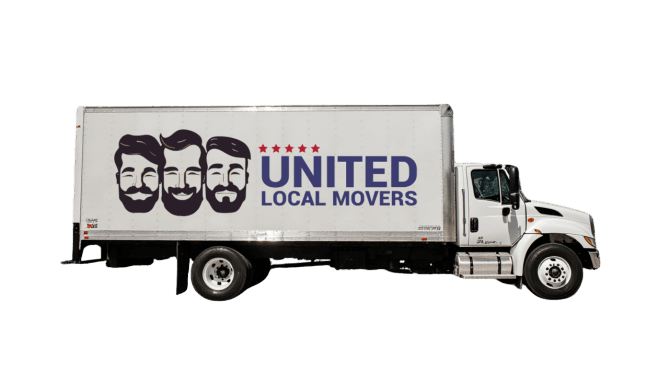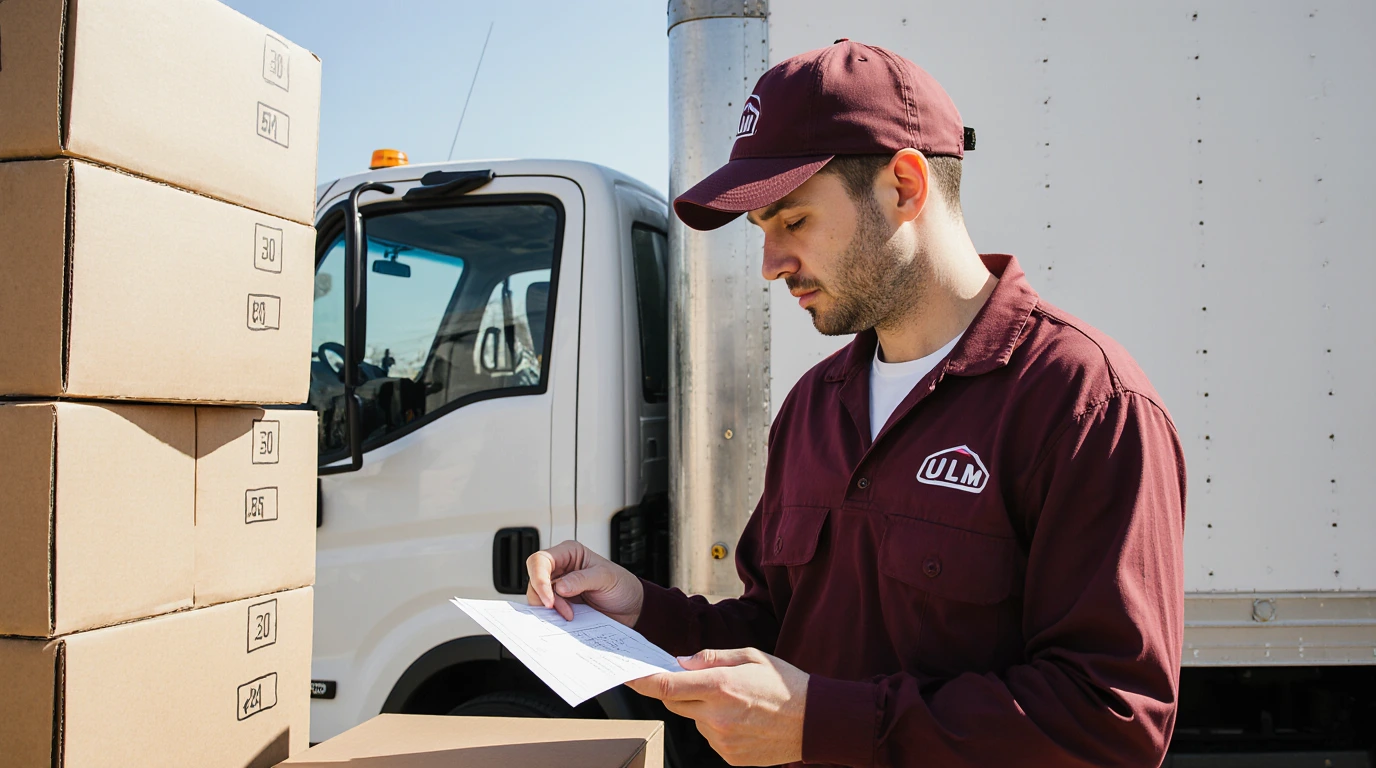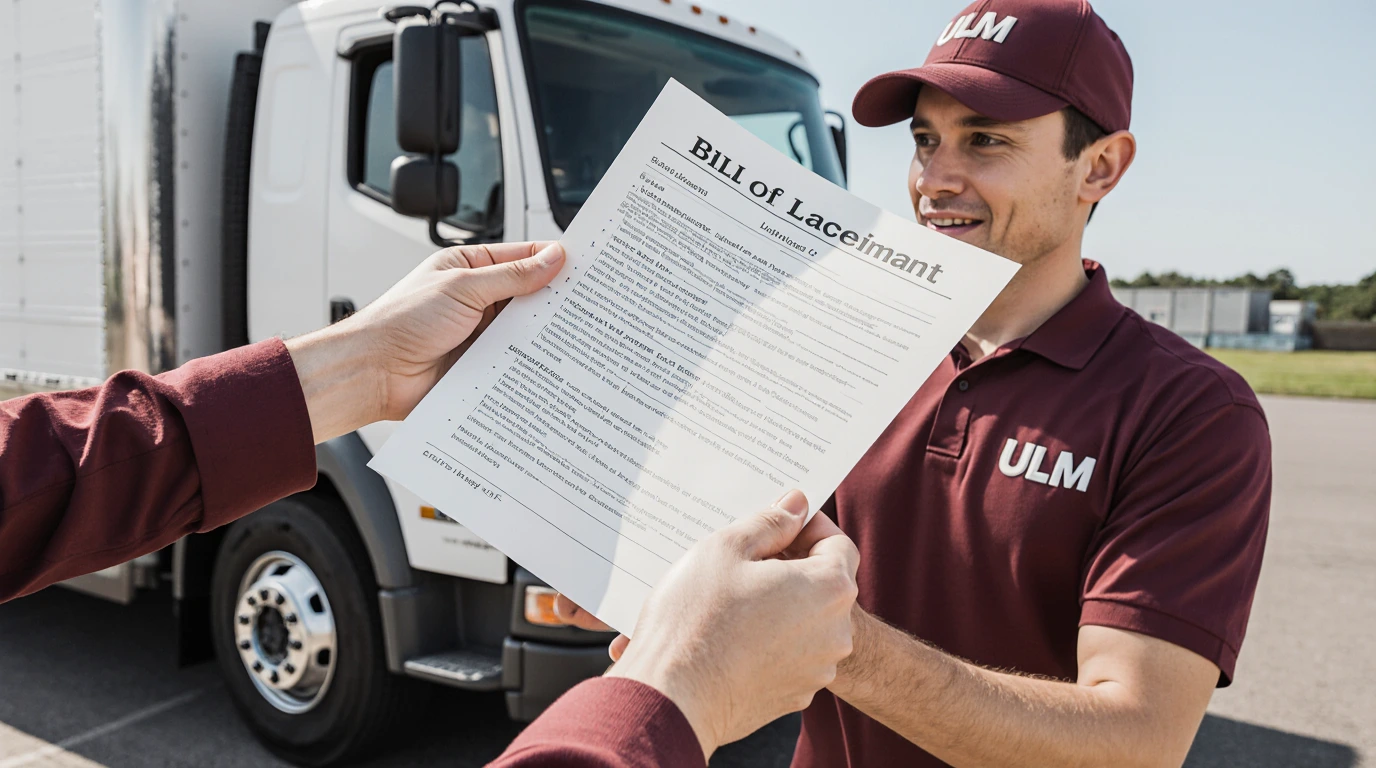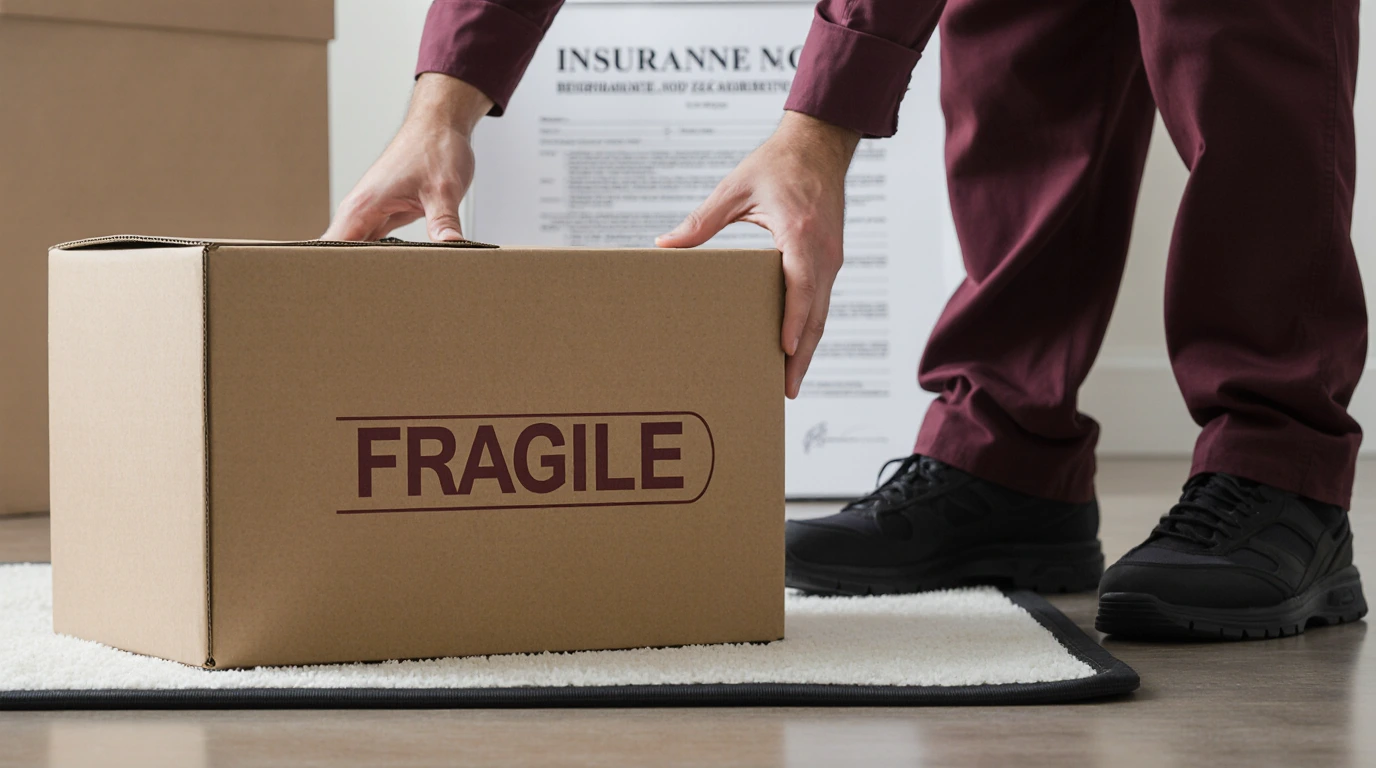One of the most overlooked parts of planning a move is protecting your belongings. Even the best movers can’t control every variable — from unexpected road hazards to weather to handling accidents. That’s why understanding valuation coverage and insurance options is essential. It can mean the difference between a quick, easy claim and a costly loss.
In the moving industry, there are two main levels of protection: Released Value Protection and Full Value Protection. Knowing how they work — and their limitations — will help you make a smart, informed decision before signing your moving contract.
Why Insurance and Valuation Matter
Many customers assume moving insurance works the same way as car or homeowners insurance. In reality, movers are required by law to provide valuation coverage, not full insurance. Valuation sets the company’s liability limit if your items are lost or damaged. If you want higher protection, you need to opt for additional coverage.
According to the Federal Motor Carrier Safety Administration (FMCSA), interstate movers must offer at least two levels of protection. Understanding these options before moving day is crucial to avoiding unpleasant surprises if something goes wrong.
Released Value Protection: Basic but Limited
Released Value Protection is the minimum level of liability coverage that movers must provide at no additional cost. It compensates you based on the item’s weight, not its actual value.
- Covers: $0.60 per pound per item
- Cost: Free (included in your move)
- Best for: Low-value items or short-distance moves
Here’s what that looks like in real numbers:
- A 100-pound sofa = $60 maximum payout if damaged or lost
- A 10-pound flat-screen TV = $6 maximum payout
This coverage is minimal. It won’t come close to replacing expensive electronics, furniture, or artwork. It’s designed as basic protection — not full replacement.
Full Value Protection: Real Coverage for Real Value
Full Value Protection (FVP) gives you more comprehensive protection. If an item is damaged, destroyed, or lost, the mover must do one of the following:
- Repair the item to its original condition
- Replace it with a similar item of equal value
- Offer a cash settlement for its current market value
Unlike released value, FVP is based on the actual worth of your belongings, not just their weight. It typically adds a small premium to your moving cost but provides much stronger financial protection.
How Full Value Protection Works in Practice
When you select FVP, your moving company will ask you to declare the total value of your shipment (e.g., $6 per pound is common, but it varies). This declared value determines the mover’s maximum liability.
For example:
- Total shipment weight: 10,000 lbs
- Declared value: $6 per pound
- Total coverage: $60,000
If your $1,200 TV is accidentally damaged during transport, the mover must repair or replace it or provide compensation equal to its fair market value. That’s a big difference compared to a $6 payout under released value coverage.
Comparing Released vs Full Value Protection
Here’s a quick side-by-side comparison to make the differences clear:
| Feature | Released Value | Full Value Protection |
|---|---|---|
| Cost | Free | Additional cost |
| Coverage amount | $0.60 per pound | Based on actual value |
| Claims payout | Minimal, often symbolic | Repair, replace, or cash value |
| Best for | Low-value or short moves | High-value or long-distance moves |
| Risk to customer | High | Low |
What Valuation Does Not Cover
It’s important to understand that valuation coverage is not traditional insurance. It typically does not cover:
- High-value items not listed on the inventory
- Damage from natural disasters (flood, hurricane, earthquake)
- Items you packed yourself (in some cases)
- Pre-existing damage
- Unusual circumstances like mechanical failure of electronics with no visible damage
If you’re moving valuable artwork, jewelry, or antiques, you may want to consider third-party moving insurance in addition to valuation coverage.
Third-Party Insurance Options
Some customers choose to purchase extra protection through third-party insurance providers. This can cover:
- High-value items and special collections
- Events excluded from mover liability (acts of God, weather, accidents)
- Full replacement cost with no weight-based limits
Reputable movers often partner with specialized insurers. Always confirm that the policy covers household goods in transit, not just storage.
Declaring High-Value Inventory
Most movers require customers to declare items over a certain value — typically $100 per pound — on a separate “high-value inventory” form. Examples include:
- Fine art and sculptures
- Jewelry or collectibles
- High-end electronics
- Designer furniture
Failure to declare these items may limit your ability to claim full compensation later. Take time before moving day to review and document everything properly.
Documenting Your Items Before the Move
Proper documentation makes claims easier and faster. Here’s what to do:
- Take clear photos of each room and valuable item.
- Record serial numbers for electronics.
- Keep receipts or appraisals for high-value belongings.
- Pack fragile items securely or have the movers pack them professionally.
These steps give you proof of pre-move condition, which is invaluable during the claims process.
How to File a Claim If Something Goes Wrong
If your belongings are damaged or lost, the claims process usually involves:
- Notifying the mover immediately upon delivery.
- Filling out a claim form (usually required within 9 months of delivery for interstate moves).
- Providing documentation (photos, receipts, inventory).
- Waiting for investigation and settlement (typically 30–60 days).
FMCSA requires movers to respond to claims promptly and handle them in good faith. Choosing a reputable mover can make this process smooth and transparent.
How to Choose the Right Coverage
Ask yourself:
- How valuable are your belongings?
- Can you afford to replace them out of pocket if something goes wrong?
- Are you moving locally or cross-country?
- Do you have specialty items like art or antiques?
If your shipment is mostly replaceable and low-cost, released value might be enough. But for most long-distance or high-value moves, full-value protection offers peace of mind and financial security.
Turning Insurance Into Peace of Mind
Moving is stressful enough without worrying about worst-case scenarios. By understanding valuation coverage and insurance options, you can protect yourself before problems arise — not after.
With United Local Movers, your relocation becomes safer, faster, and stress-free. We offer full-value protection options and clear documentation, so you always know your belongings are secure.





